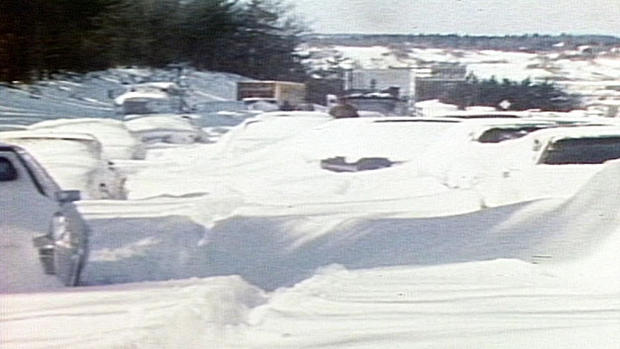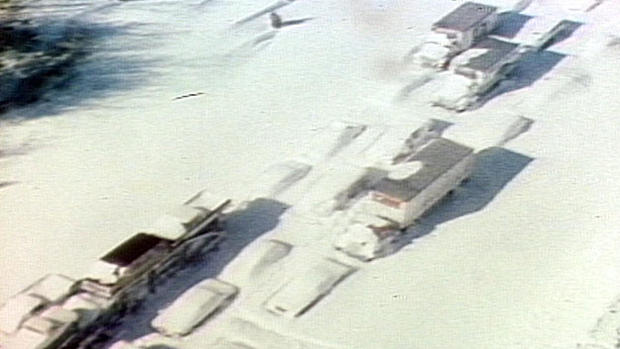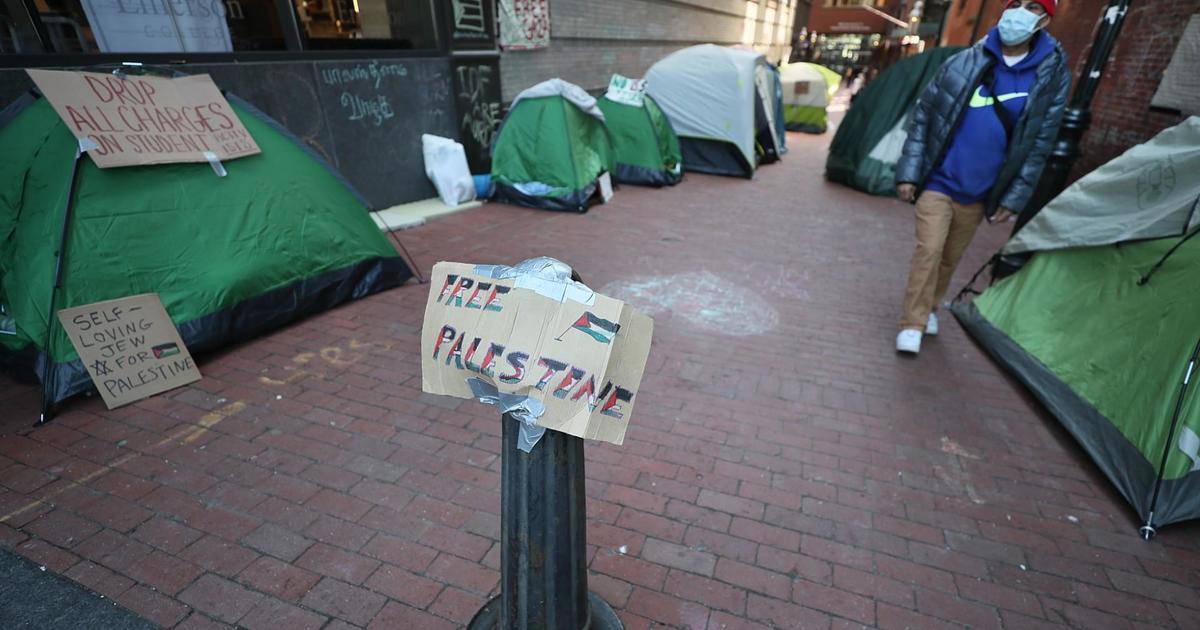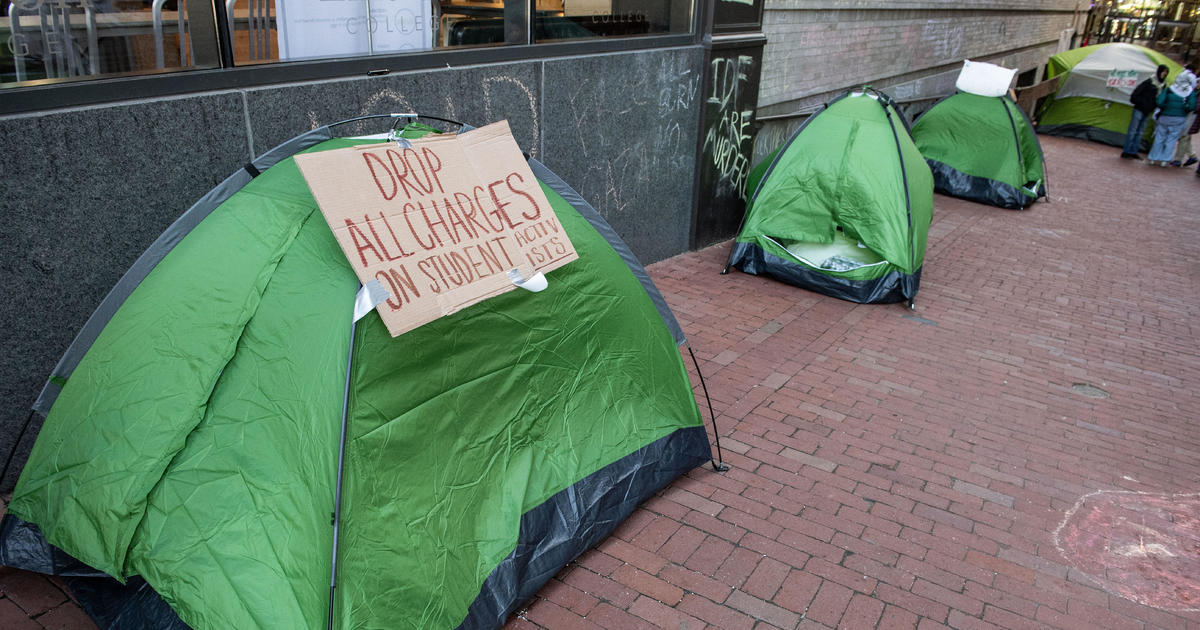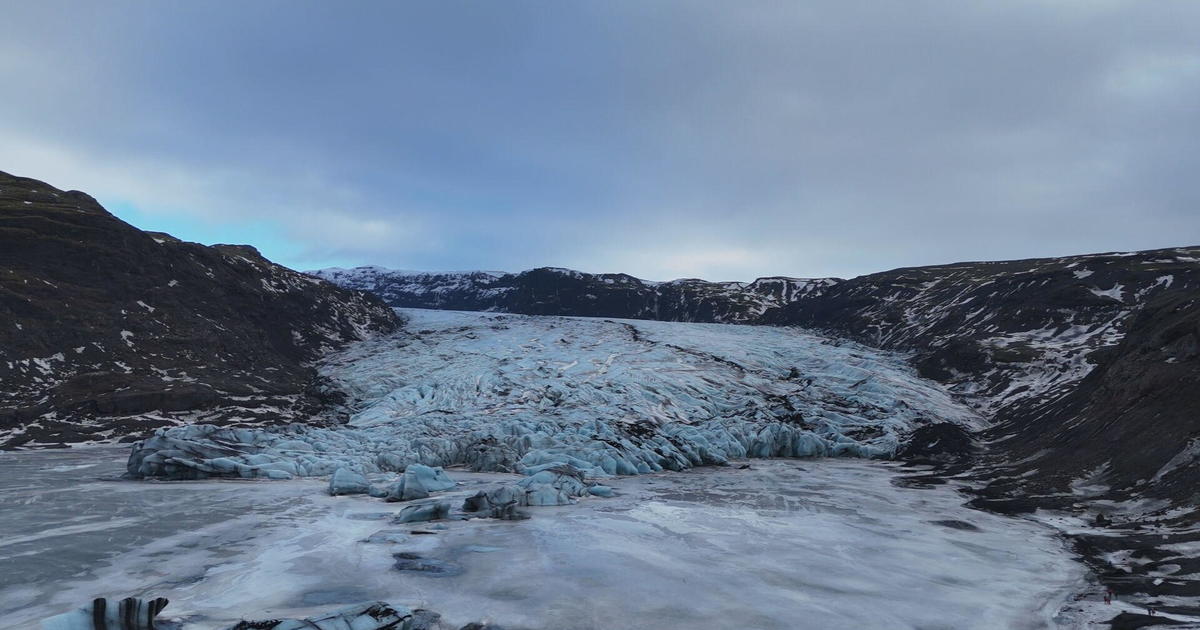Blizzard Of '78: Could It Happen Again?
BOSTON (CBS) - It's been 40 years since the historic Blizzard of 1978. The question is - could it happen again?
Well, yes. And no.
We have had comparable storms in terms of snowfall, and just a few weeks ago we had record high tides during that blizzard. But we've come a long way in 40 years in terms of preparedness and technology and we've learned some valuable lessons along the way.
"I lived in Newburyport, Massachusetts when the Blizzard of '78 hit. And my father who actually worked in Boston was stuck on the road trying to get home," Dr. Stephen E. Flynn, the Director of the Global Resilience Institute at Northeastern told WBZ-TV.
Dr. Flynn specializes in disaster assessment and recovery.
"A big element of being prepared is being able to understand risk and how it will play out on things that we value," he explained.
"We have better forecasting tools now that allows us to know with a little more precision when something will hit. Having the tools, the tools being the folks with the knowledge and the ability to communicate that knowledge but also some of the technology we have that we have to keep investing in that tells us to get a handle on the weather phenomena."
"There's sort of three cordialities when we deal with big weather events. First is that they're becoming more intense. And they look to be becoming more frequent. so that's one thing. Secondly, they're impacting us not in local ways but in much more regional and, in some cases, in a national way. The things that we depend on are more connected and spread across wider regions. When we have a local hit it cascades to other places. And the other is, especially our risk is going up. The infrastructure we rely on is older and we're more concentrated. We live more in urban areas," he explained.
Forty years ago, we had one computer model.
Today, there are dozens.
Currently, the combined processing power of National Weather Service super computers is 5.78 petaflops, which is more than 10,000 times faster than the average desktop computer. The data going into those computers comes from a wide variety of sources from satellites, weather balloons, buoys, radar, airplanes, and ships.
The communication has also vastly improved and schools and businesses have adapted to the changing times.
"First of all I'm watching the TV stations, probably WBZ a lot," says Marilyn Reid, head of Willow Hill School in Sudbury.
Teachers and administrators at Willow Hill receive their weather information from TV, social media, or radio. Then they decide to take action on if they have a delay or a snow day.
One new concept is making the decision making process much easier.
"Having a virtual day, knowing that there's no separation of school, I think is going to make the decision a lot easier. I'm not going to be staying up in the middle of the night trying to decide whether we are going to have school tomorrow," Reid told WBZ. "Because our students come from nearly 40 different communities, some of them an hour out, this is really a wonderful opportunity to not put a lot of people at risk and danger from coming in from such a large area. So the decision is made based on the likelihood of it affecting the population that is about an hour out from our school."
This allows everyone a heads up to plan, the day before, in some cases.
"All the students have access to the technology at home. One of the things with the virtual learning days is depending on the storm. If you've got high winds or whatever, as you know, you lose power. So we have hard copies that we distribute to the students, says Mark Hall, the Director of Education at Willow Hill.
The school uses Google classroom already to communicate assignments and there's no limit to how many virtual school days you can have.
"The other thing on the back end is that when we have our announced last day of school and kids want to start summer jobs and start camp, they know when they will start," says Reid.
Making the decision of a virtual school day keeps everyone safe and helps to clear the roads for only essential vehicles.
"What can we do before the storm shows up to kind of lower our exposure. So now something that has become almost common place for us is to clear the roads in advance of a big snowstorm. Except for essential vehicles. That's so valuable not just to make things safer for people that they won't be stranded, that's a good thing. But it is because we can clear the roads that much more quickly. and get us all back to work that much more rapidly," says Flynn.
Blizzards like that in 1978 will continue to happen. Records are meant to be broken and no doubt we will see snowfall and coastal flooding equaling or surpassing that of 1978.
It is our ability to predict, prepare and recover that will make all the difference going forward.
